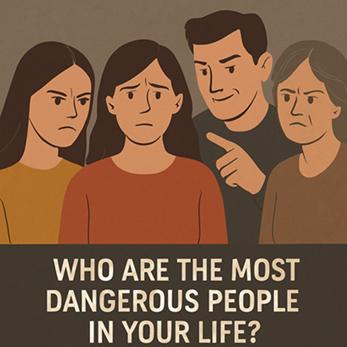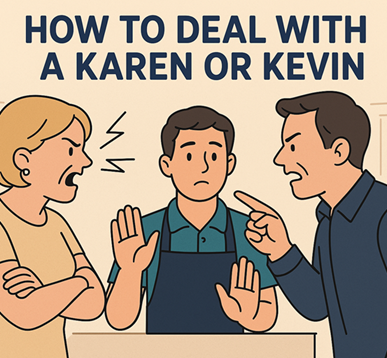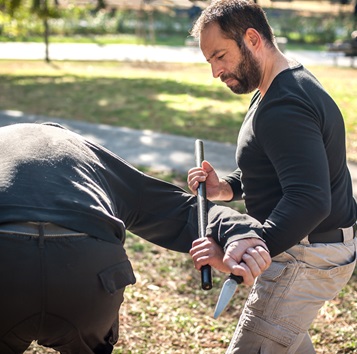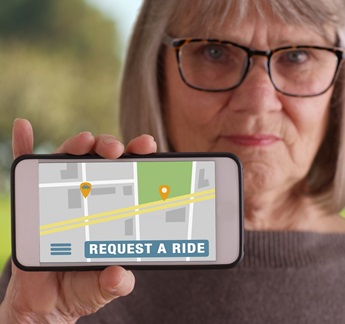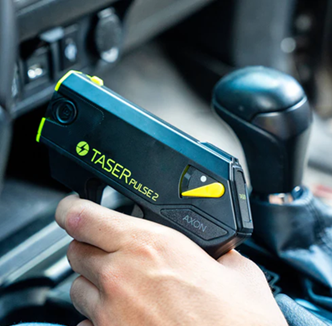How to Find a Long-Lost Friend or Relative
 Reconnecting with a long-lost friend or relative can be a deeply rewarding experience. Whether you’ve lost touch due to time, distance, or life circumstances, today’s technology and resources make it easier than ever to locate and reconnect with people. This guide will walk you through the steps to find a long-lost friend or relative, offering practical tips and tools to make the process as smooth as possible.
Reconnecting with a long-lost friend or relative can be a deeply rewarding experience. Whether you’ve lost touch due to time, distance, or life circumstances, today’s technology and resources make it easier than ever to locate and reconnect with people. This guide will walk you through the steps to find a long-lost friend or relative, offering practical tips and tools to make the process as smooth as possible.
1. Define Your Goal
Before you begin your search, take some time to clarify your intentions and goals. Understanding why you want to reconnect will guide your approach.
-
Why are you searching? Are you seeking closure, rekindling a friendship, or reuniting with family?
-
What do you hope to achieve? Be clear about your expectations for the reunion.
-
Are you prepared for any outcome? Reconnecting may bring unexpected emotions or situations, so it’s essential to be emotionally prepared.
2. Gather Information
Start by collecting all the information you have about the person you’re trying to find. The more details you have, the easier your search will be.
-
Full name: Include any nicknames, maiden names, or aliases they might have used.
-
Date of birth: Even an approximate age can be helpful.
-
Last known location: City, state, or country where they were last seen or lived.
-
Relationships and connections: Friends, family members, or coworkers who might have stayed in touch.
-
Hobbies or interests: Clubs, organizations, or activities they were involved in.
3. Leverage Social Media
Social media platforms are powerful tools for reconnecting with people.
-
Facebook: Search for their name, and use filters to narrow down results by location, school, or workplace.
-
LinkedIn: Ideal for finding professionals, especially if you know their career or industry.
-
Instagram and Twitter: These platforms can provide clues through usernames, hashtags, or mutual connections.
-
Join relevant groups: Look for community or alumni groups where the person might be active.
4. Use People-Search Websites
There are numerous online tools designed to help locate individuals.
-
Free resources: Websites like Whitepages, Spokeo, or TruePeopleSearch can provide basic information such as addresses and phone numbers.
-
Paid services: Platforms like BeenVerified, Intelius, or MyLife offer more in-depth reports, including criminal records, social media profiles, and email addresses.
-
Genealogy sites: If searching for a relative, sites like Ancestry.com or FamilySearch.org can help trace family trees and locate distant relatives.
5. Reach Out to Mutual Connections
Sometimes, the best way to find someone is through people who know them.
-
Friends and family: Contact mutual acquaintances who might have stayed in touch.
-
Former coworkers or classmates: Reach out to colleagues or school friends who might know their whereabouts.
-
Community networks: Churches, clubs, or organizations the person was involved with may have records or contacts.
6. Search Public Records
Public records can provide valuable information about a person’s whereabouts or history.
-
Marriage and divorce records: These can provide new surnames or locations.
-
Property records: Check if they own property in a specific area.
-
Court records: Useful for tracing legal proceedings or changes in name.
-
Obituaries and death records: If the person has passed away, these records can provide closure and information about surviving relatives.
7. Utilize Online Forums and Communities
Online communities can be surprisingly helpful in locating people.
-
Reddit: Subreddits like r/HelpMeFind or r/FamilySearch can connect you with others who specialize in finding people.
-
Local forums: Community boards for the person’s last known location might have leads.
-
Specialized groups: Alumni associations, veteran groups, or professional organizations often have resources for reconnecting members.
8. Hire a Private Investigator
If your search stalls, consider hiring a professional to assist.
-
Licensed professionals: Ensure the investigator has experience with missing person cases.
-
Provide detailed information: Share all the data you’ve gathered to aid their search.
-
Understand costs: Investigative services can be expensive, so discuss fees upfront.
9. Attend Reunions and Events
Physical gatherings can be an excellent opportunity to reconnect.
-
Class reunions: Attend school or college reunions where the person might show up.
-
Family reunions: If searching for a relative, family gatherings can help.
-
Community events: Local festivals, church gatherings, or club meetings may offer clues.
10. Be Persistent and Patient
Finding a long-lost friend or relative can take time, so persistence is key.
-
Keep updating your search: New information or tools may emerge over time.
-
Follow up on leads: Don’t hesitate to revisit old connections or recheck online platforms.
-
Stay optimistic: Reuniting after years apart is possible with dedication and effort.
11. Prepare for the Reunion
Once you locate the person, it’s essential to approach the reunion thoughtfully.
-
Reach out respectfully: Send a polite message or letter explaining who you are and why you want to reconnect.
-
Allow time to process: The person might need time to adjust to the idea of reconnecting.
-
Set realistic expectations: The relationship may not immediately pick up where it left off, so take things slow.
12. Respect Privacy and Boundaries
While your intentions may be pure, it’s crucial to respect the other person’s privacy and boundaries.
-
Accept their decision: If they choose not to reconnect, respect their wishes.
-
Avoid intrusive behavior: Repeated messages or showing up uninvited can strain the situation.
-
Focus on closure: Even if you don’t reconnect, knowing you tried can bring peace of mind.
Conclusion
Reuniting with a long-lost friend or relative can be a life-changing experience, filled with joy and nostalgia. By following the steps outlined in this guide, you can maximize your chances of a successful reunion. Remember, the journey to reconnect requires patience, persistence, and respect for the other person’s feelings. Whether you find closure or rekindle a meaningful relationship, your efforts are a testament to the value of human connection.
Company Info
Customer Service
Product Information
- TASER® and Stun Devices Regulations by State
- TASER® Safe Escape Product Replacement Guarantee
- TASER® Comparison Chart
- TASER® User Manuals
- TASER® Warranty Info
- Byrna Product Catalog
- PepperBall Manuals & Spec Sheets
- Pepper Spray Laws
- Air Gun Laws
- States that Restrict Automatic and Butterfly Knives
- Our Print Catalog


























